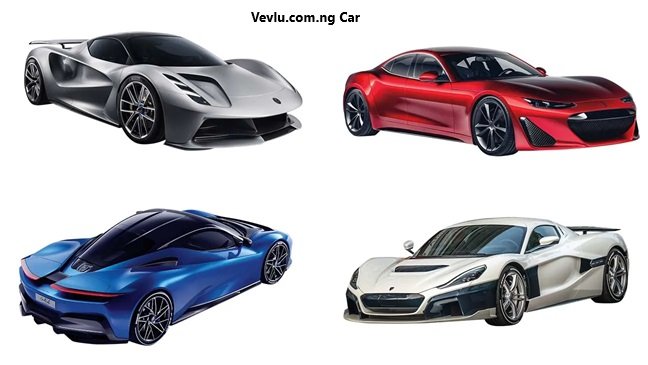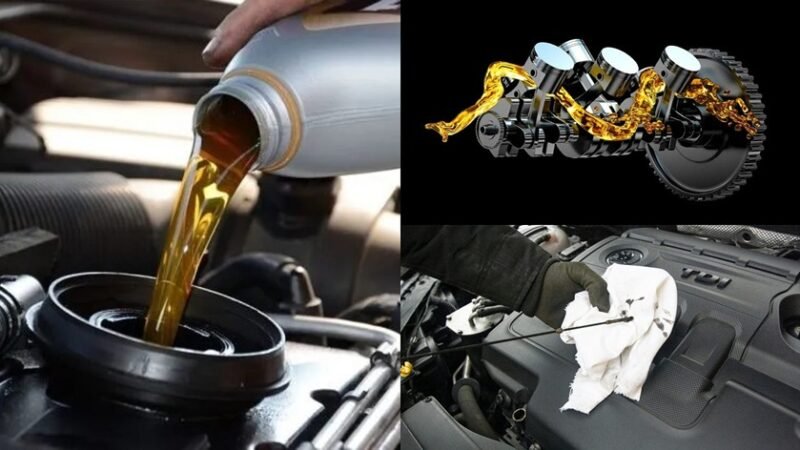Tesla AWD vs. RWD: What You Need to Know Before Buying

When considering a Tesla, one of the most important decisions you’ll make is choosing between All-Wheel Drive (AWD) and Rear-Wheel Drive (RWD). Each drivetrain configuration has its own set of advantages and characteristics that can significantly impact your driving experience. This article delves into the key differences between Tesla AWD vs. RWD systems, helping you make an informed decision based on your needs and preferences.
1. Understanding Tesla’s Drivetrain Options
Rear-wheel drive (RWD)
- Description: RWD means that power is delivered exclusively to the rear wheels of the vehicle. In Tesla’s lineup, the RWD configuration is found in models like the Tesla Model 3 Standard Range Plus and the Tesla Model S Long Range.
- Advantages: RWD vehicles are known for their balance and handling characteristics, especially in dry conditions. They tend to offer a sportier driving experience and are generally more efficient, translating to a longer range on a single charge.
All-wheel drive (AWD)
- Description: AWD systems distribute power to both the front and rear wheels. Tesla’s AWD configurations use dual electric motors to provide power to each axle independently, enhancing traction and stability. This is available in models such as the Tesla Model 3 Long Range and Performance versions, Tesla Model Y, and higher trims of the Model S and Model X.
- Advantages: AWD provides superior traction, which is beneficial in adverse weather conditions such as rain, snow, or ice. It also improves acceleration and overall handling, providing a more dynamic driving experience.
2. Performance Comparison
Acceleration and Handling
- RWD: Tesla RWD models offer impressive acceleration due to their rear-wheel torque distribution. However, in slippery conditions, RWD vehicles can experience reduced traction and stability.
- AWD: Tesla AWD models generally excel in acceleration, often outperforming their RWD counterparts due to the instant torque delivery from both the front and rear motors. The added traction helps maintain stability during high-speed cornering and aggressive acceleration.
Driving Experience
- RWD: The driving experience in an RWD Tesla is characterized by a balanced feel and responsive handling. It’s often preferred by enthusiasts who enjoy a rear-wheel-drive setup for its driving dynamics.
- AWD: AWD Teslas offer a more confident driving experience, particularly in challenging weather conditions. The added traction helps the car maintain stability and control, making it a better choice for regions with harsh winters or frequent rain.
3. Efficiency and Range
RWD Efficiency
- Range: RWD Teslas generally achieve better energy efficiency compared to their AWD counterparts. This is due to the lower power demands of driving only the rear wheels, which can translate to a longer range on a single charge.
- Efficiency: RWD models are often lighter than AWD models, contributing to their improved efficiency. This can be a key consideration if maximizing range is a priority for you.
AWD Efficiency
- Range: While AWD models tend to have a slightly lower range compared to RWD due to the additional power required to drive all four wheels, the difference is usually minimal. Tesla’s advancements in battery Technology and motor efficiency help mitigate this issue.
- Efficiency: AWD systems provide enhanced performance, but this can come at the cost of slightly reduced efficiency. However, the trade-off often results in better handling and safety features.
4. Weather and Road Conditions
RWD in Various Conditions
- Dry Conditions: RWD Teslas perform exceptionally well in dry conditions, offering a smooth and engaging driving experience.
- Adverse Conditions: In snowy or icy conditions, RWD can be less effective due to its limited traction. This can be a concern for drivers in regions with harsh winters or frequent rain.
AWD in Various Conditions
- Dry Conditions: AWD provides a stable and confident driving experience, even in dry conditions. The improved traction enhances overall handling and performance.
- Adverse Conditions: AWD excels in adverse weather conditions, such as snow, ice, or heavy rain. The enhanced traction from the front and rear motors helps prevent wheel slip and maintains stability.
5. Cost Considerations
RWD Costs
- Initial Cost: RWD Teslas typically come with a lower initial purchase price compared to AWD models. This can be an important factor if you’re looking to save on upfront costs.
- Maintenance Costs: Maintenance costs for RWD vehicles are generally lower as they have fewer components compared to AWD systems. However, the difference in maintenance costs might not be significant due to Tesla’s minimal maintenance requirements.
AWD Costs
- Initial Cost: AWD Teslas usually have a higher initial cost due to the additional hardware and technology involved in the dual-motor setup.
- Maintenance Costs: While the maintenance costs might be slightly higher for AWD models due to the added complexity of the system, Tesla vehicles are designed to be low-maintenance, and the difference might not be substantial.
6. Choosing the Right Drivetrain for You
When to Choose RWD
- If You Prioritize Efficiency: If maximizing range and efficiency is your primary concern, an RWD Tesla might be the better choice.
- If You Live in a Mild Climate: RWD is ideal for regions with mild weather conditions where harsh weather is not a frequent concern.
- If You Prefer a Sportier Drive: RWD models offer a driving experience that’s often preferred by those who enjoy a more connected and dynamic feel.
When to Choose AWD
- If You Need Enhanced Traction: If you live in an area with severe weather conditions, such as heavy snow or ice, AWD will provide the extra traction needed for safer driving.
- If You Value Performance: AWD Teslas offer superior acceleration and handling, making them a great choice for those who want the best performance from their vehicle.
- If You Want Added Peace of Mind: AWD provides additional stability and safety features, which can be reassuring for drivers concerned about road conditions.
7. Final Thoughts
Choosing between Tesla AWD vs. RWD for your Tesla depends on your specific needs, driving conditions, and personal preferences. Both drivetrains offer distinct advantages and characteristics, and understanding these differences will help you make an informed decision.
RWD Teslas are efficient and provide a sportier driving experience, making them suitable for mild climates and those who prioritize range. On the other hand, AWD Teslas offer superior traction and performance, making them ideal for challenging weather conditions and those who seek enhanced driving dynamics.
By considering factors such as performance, efficiency, weather conditions, and cost, you can determine which drivetrain best suits your lifestyle and driving needs. Whether you choose Tesla AWD vs. RWD, promises to deliver a high-quality, innovative driving experience.
FAQs About Tesla AWD vs. RWD:
1. What is the main difference between Tesla AWD and RWD?
Answer: The main difference is that Rear-Wheel Drive (RWD) sends power to the rear wheels only, while All-Wheel Drive (AWD) distributes power to both the front and rear wheels. AWD generally offers better traction and acceleration, while RWD provides a sportier driving experience and often better efficiency.
2. Which drivetrain offers better performance?
Answer: All-wheel drive (AWD) typically offers superior performance, especially in terms of acceleration and handling. AWD systems provide better traction and stability, which can enhance overall driving dynamics. RWD models, however, offer a more connected and dynamic feel, particularly on dry roads.
3. How does AWD affect a Tesla’s range compared to RWD?
Answer: AWD models usually have a slightly lower range compared to RWD models due to the additional power required to drive all four wheels. However, the difference in range is often minimal, and advancements in battery technology help mitigate this issue.
4. Is AWD necessary for driving in snowy or icy conditions?
Answer: Yes, AWD is generally recommended for driving in snowy or icy conditions as it provides better traction and stability. AWD systems help prevent wheel slip and maintain control on slippery surfaces, making it a better choice for regions with harsh winter weather.
5. Are RWD Teslas more fuel-efficient than AWD models?
Answer: RWD Teslas are typically more efficient than AWD models due to their lighter weight and the lower power demands of driving only the rear wheels. This often results in a longer range on a single charge compared to AWD versions.





